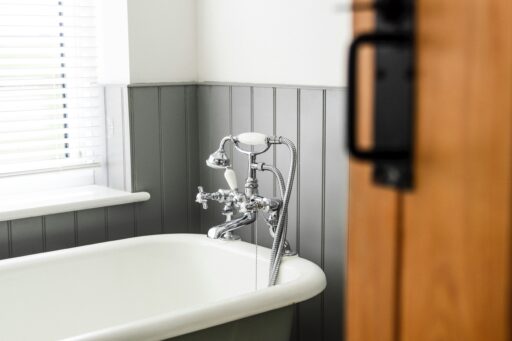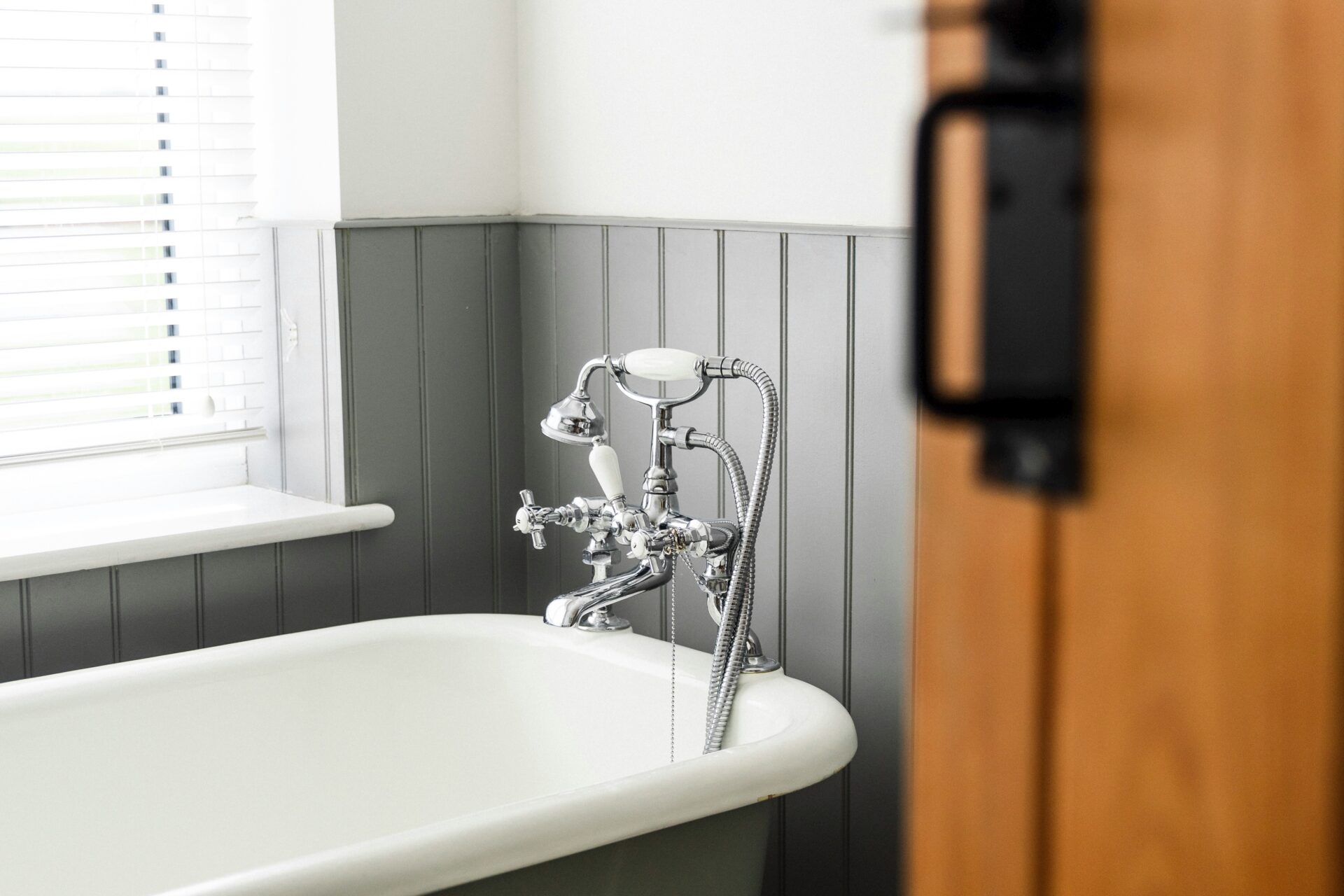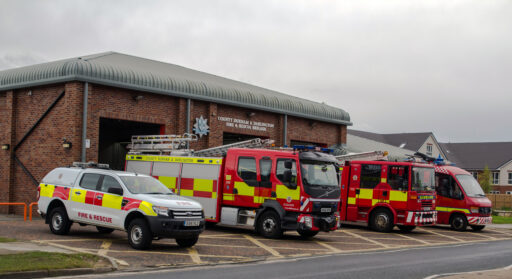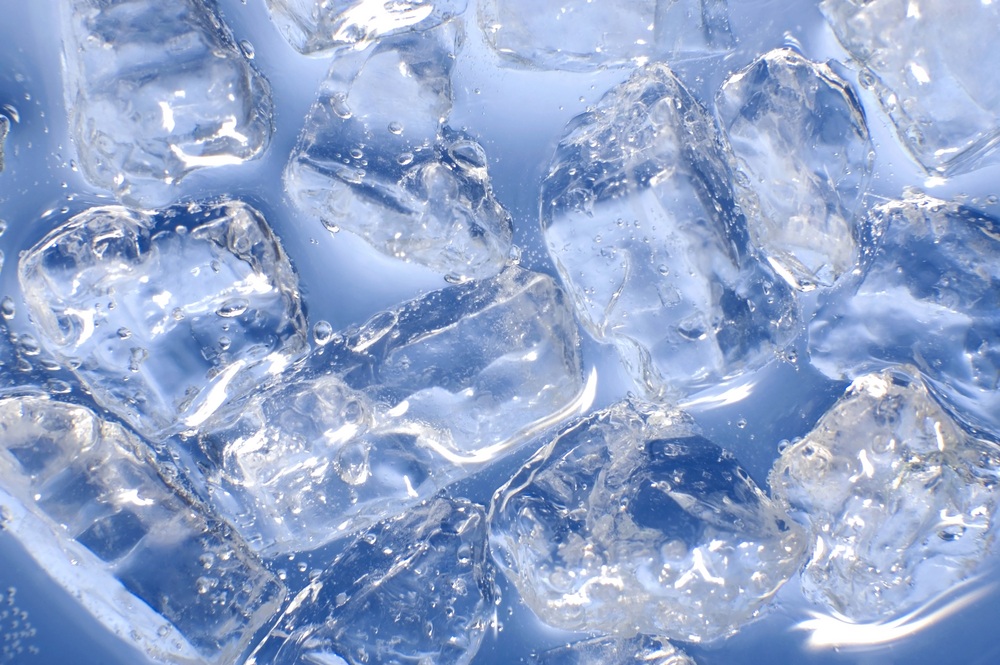A shower is a staple of the daily routine and, more often than not, it provides ten minutes of refuge from an otherwise hectic day. A refreshing, cleansing, process that prepares you to face whatever the day has to throw at you. Therefore, we are understandably annoyed when our shower doesn’t work the way we want it to. To make sure you will be able to restore your shower to proper working order as quickly, and as painlessly, as possible, we have assembled this list of common quick fixes.
Low flow/ low water pressure
A common culprit for a temporary dip in water pressure is the build-up of limescale on the shower head. In this case, descaling the shower head can restore the normal speed of flow of water in this case. In others, however, a more permanent solution is required. One such solution is to invest in a home booster pump. With an intelligent monitor system that can counteract any loss of water pressure caused by water usage elsewhere in the home, the home booster pump is an adaptable and efficient answer to low flow showers.
Infrequent bursts of scalding hot water
Someone, elsewhere in the house, flushes the toilet and the cold water that was being used to temper the hot water of your shower rushes away to fulfil this flush, leaving you with scalding hot water. Ouch. One way of avoiding this painful problem is to install high efficiency toilets. By reducing the amount of cold water that the toilet needs to flush, the shower has enough cold water to temper the hot water even when someone else is using flushing the toilet.
Blown pressure relief device
Pressure relief devices have got your best interests at heart, but it never seems like it when they shut down the shower completely. Fashioned to blow when internal pressure becomes too much for the shower to handle, a pressure relief device is designed to stop the whole tank from exploding. It is relatively easy to identify when your pressure relief device has blown. Normally, apart from the fact that your shower won’t work, your shower will be leaking slightly. PRDs are inexpensive to replace, but first, you have to investigate what caused it to blow. Blockages and restrictions in the shower head and the shower hose are two hypotheses worth investigating.
Noisy shower
The sound of the streams of water should only be interrupted by your angelic singing voice, not an overly loud whirring shower that sounds on the verge of collapse. Fortunately, a noisy shower isn’t a terrible problem to have – five minutes of work should suffice. Each unit needs to be properly secured to the wall, and the pipes that provide the water need to be secured with brackets. Once you have checked that the blanking plugs have been inserted into spare inlet fittings inside the unit, the problem should be resolved.
Of course, because of the complex network of pipes and pumps that serve your shower, there isn’t always just one simple fix. But, with luck, this guide helps you understand and, more importantly, solve, some of the issues that may have been plaguing your shower.






